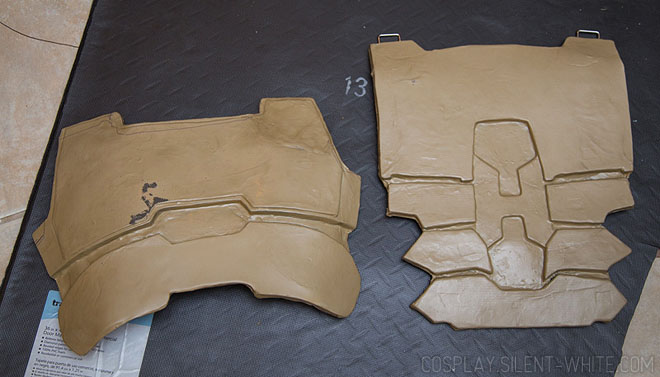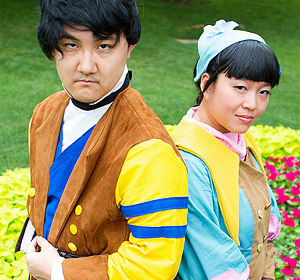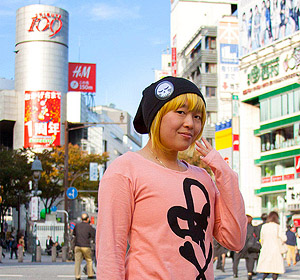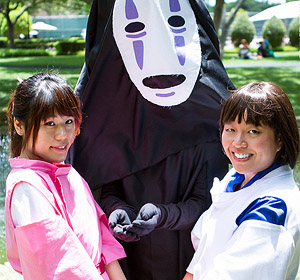McCree’s armor is covered with Thibra now, and well… I’m not sure if I’d use Thibra again for this kind of usage.

My thoughts on Thibra:
- It’s harder to work with than Worbla. I didn’t have too many issues, but it definitely wasn’t beginner friendly. My friend really struggled with it at first.
- I also burned myself more working with Thibra than I ever did with Worbla. I felt like I had to heat it up pretty high to adjust it the way I wanted to.
- The texture becomes very… clay-like? That was weird for the large flat areas, but it was nice for shaping around the edges and corners. It was also easier to merge multiple pieces if we had to patch something.
- It stuck to the anti-fatigue foam without issues, but it wasn’t as sticky on the craft foam.
- It didn’t go on as smoothly as I would have liked. I was really hoping we could paint directly on it, but it picked up our fingerprints, and the thickness became uneven the more we worked with it. The texture is still way smoother than normal Worbla though.
Overall, if I were to do armor again, I’d stick with Worbla. If I were doing smaller pieces or sculpting something, I might prefer Thibra due to its consistency when hot and its texture when it cools. Like I mentioned above, I was really hoping we could paint directly on it, but now we’re moving onto the priming step with Gesso. Then we’ll sand it before painting!


